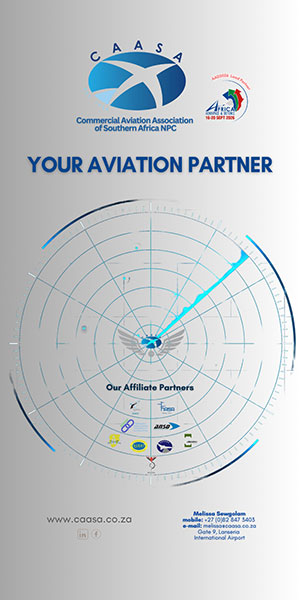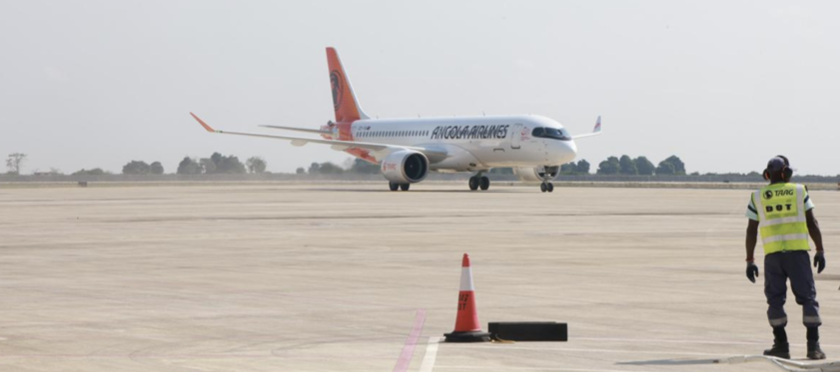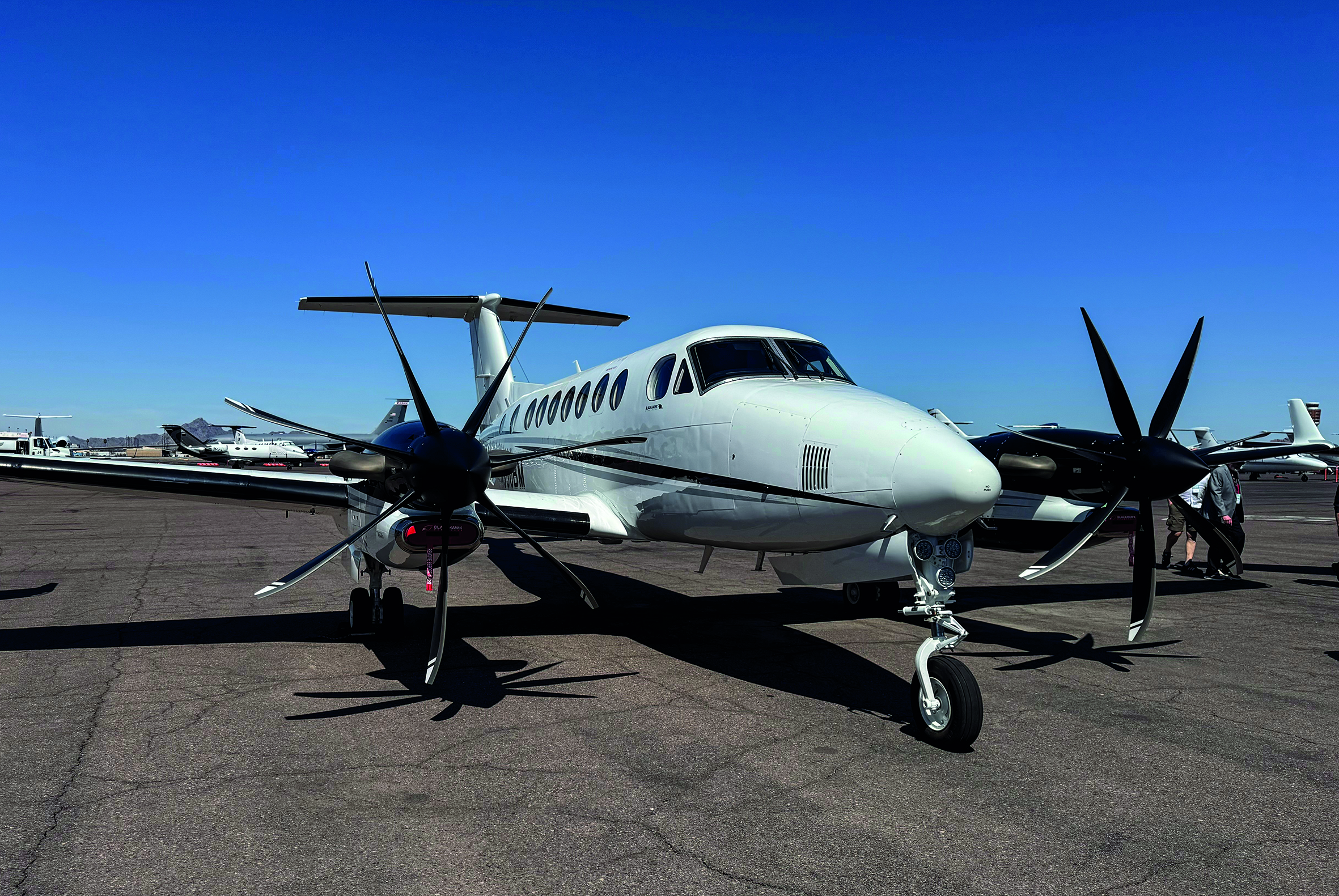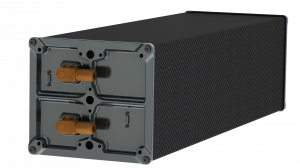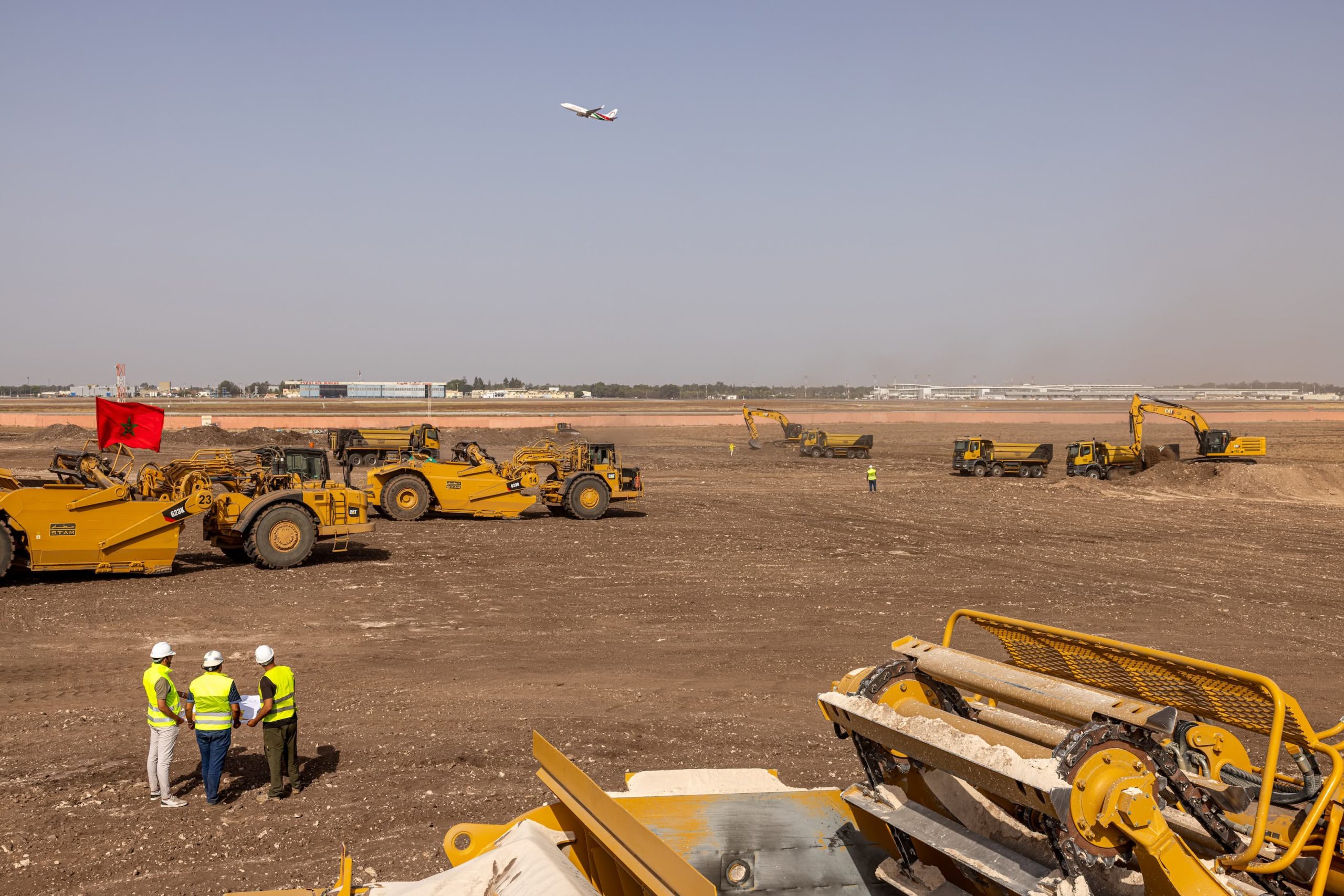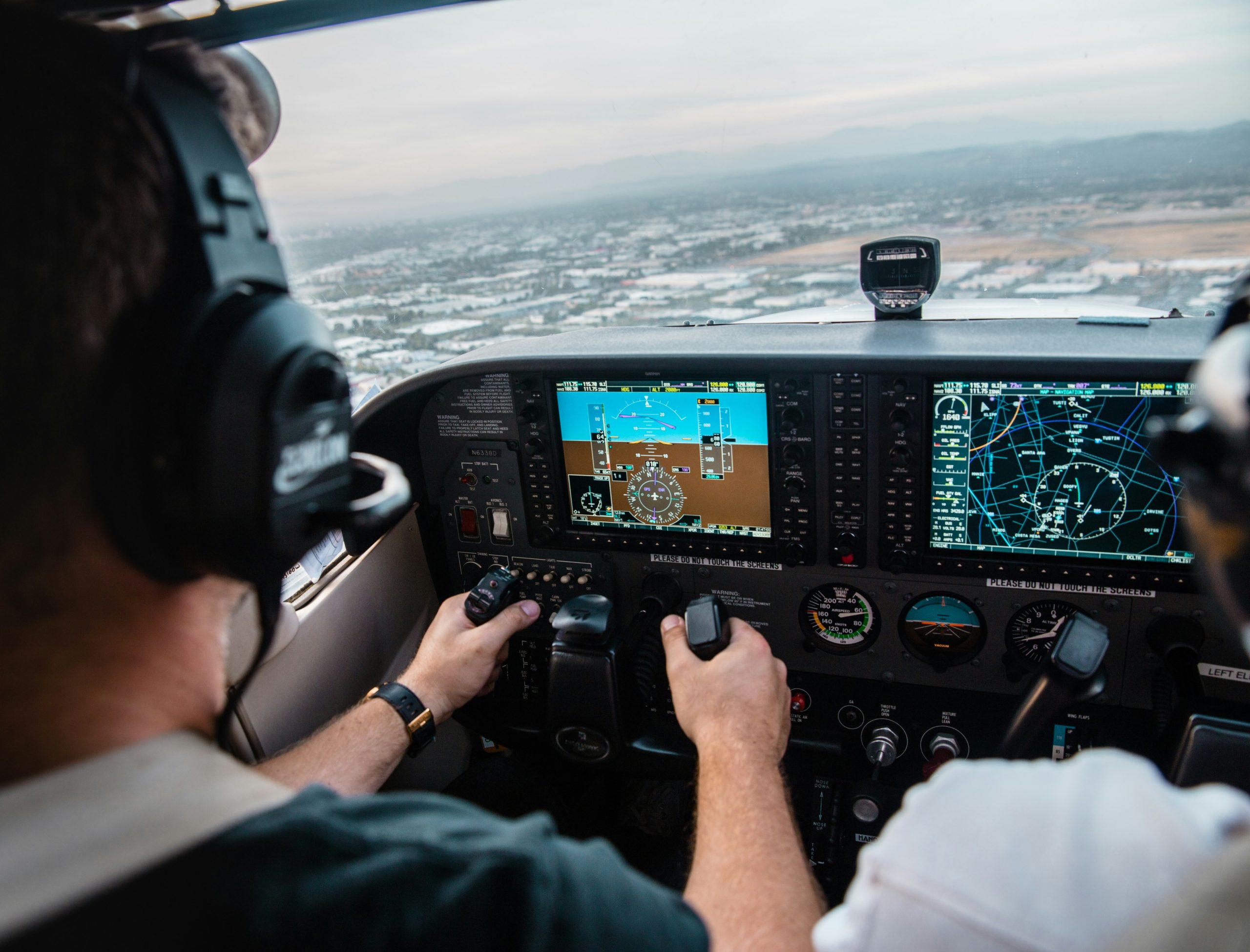SITA’s latest Air Transport IT Insights report reveals growing focus on cybersecurity, biometrics, and sustainability to future-proof air travel
SITA’s 2024 Air Transport IT Insights report, published on 25 February, reveals how airlines and airports are increasing investment in cybersecurity, biometrics, and sustainable IT solutions. This is how they plan to cope with growing digital threats and rising passenger numbers. Seventy-four per cent of airlines and 72 per cent of airports forecast an increase in overall IT spend over the next two years. These investments show how the aviation industry is working towards a future of safer, smoother, and more sustainable air travel. In 2024, the industry’s overall IT spend increased and was estimated to reach $37 billion for airlines, and almost $9 billion for airports.
One clear area of focus for the industry is cybersecurity. The report reveals that 66 per cent of airlines and 73 per cent of airports mention it as one of their top three areas of focus. This confirms how important it is becoming to protect critical systems and passenger data as cyber threats become more advanced. About half of airlines and three-quarters of airports are starting their digital transformation by upgrading IT infrastructure, moving to the cloud, and safeguarding data. Meanwhile, biometrics and AI are enhancing passenger experience and operational efficiency, making it the natural next step.
David Lavorel, CEO of SITA, said: “This year’s findings highlight a pivotal moment for the aviation industry. As cyber threats become more complex, airlines and airports are taking decisive action to protect their operations and passengers. At the same time, biometrics and AI tech are simplifying the travel experience, helping the industry meet growing demand and build resilience for the future. It is clear that the air transport industry is going through a transformation, and these numbers prove it.”
From Safer Skies to Seamless Journeys
Biometric technology continues to transform passenger processing. Over half of airports plan to roll out biometrics for check-in and bag drop by 2026. Seventy per cent of airlines expect to adopt biometric ID management systems in the same timeframe. These solutions will reduce congestion by speeding up passenger processing by up to 30 per cent, reduce wait times by up to 60 per cent, and help make travel smooth and hassle-free.
At the same time, data-driven solutions are transforming how the industry operates. Airlines are using generative AI, large language models, and machine learning to improve flight operations, customer service, and fuel efficiency. Airports are focusing on data platforms and predictive analytics to make real-time decisions and manage passenger flow more effectively. Interestingly, 90 per cent of airlines have already adopted data platforms, and 42 per cent are exploring ways to organise their data for AI projects.
Lavorel added: “The air transport industry generates massive amounts of data, but a lot of it does not get used or is only looked at on the surface. With AI and machine learning, we can dig deep into this data, meaning we can take large steps in improving key areas such as efficiency, sustainability, security and cost. It also improves the passenger experience. With AI and data analytics, the industry is shifting to a new era of travel technology.”
Smart IT to Meet Sustainability Targets
Sustainability is leading the way as the industry pushes towards net-zero emissions by 2050. Three-quarters of airlines are using real-time software for flight optimisation, weather risk assessment, and flight operations, and more than half of airlines use real-time software to calculate carbon emissions. On top of that, 62 per cent of airlines are working with Sustainable Aviation Fuel (SAF) suppliers, a big leap forward in sustainability compared to last year. This is the area that has seen the biggest year-on-year growth.
Airports are also taking action, with 54 per cent of them (compared to 29 per cent in 2023) having already implemented energy management systems to track and reduce emissions. In previous reports, it was revealed that 81 per cent of airports planned to implement this technology by 2026, and they are making steady progress. This is part of a broader trend, with airports and airlines making strides and evolving rapidly in adopting these technologies to make operations sustainable in everyday business, resulting in clean operations, cost savings, and efficiencies while paving the way to net zero.
“Sustainability is essential for the future of aviation. It is a responsibility we must embrace to drive lasting change,” said Lavorel. “The adoption of technology like flight optimisation software and SAF systems shows real progress in reducing carbon footprints. By combining these efforts with advanced analytics, the industry is on track to hit its environmental goals.”
Middle East & Africa (MEA)
“Passenger management and processing take centre stage for MEA airports, with 76 per cent prioritising it over cybersecurity. Investment in passenger processing systems is also the top IT focus (78 per cent vs 63 per cent globally). However, financing remains a significant challenge, with 37 per cent citing it as a barrier to IT projects (vs 14 per cent globally),” explained Selim Bouri, MEA President, SITA.
“Without smart investments in reliable and innovative technology, airports risk staying stuck and becoming inefficient, uncompetitive, and unable to meet the growing needs of travellers and airlines. That does not just mean longer wait times and frustration, it also hits their bottom line, cutting into revenue from retail and other services that keep airports thriving,” he added.
As passenger numbers grow and environmental pressures rise, the industry’s focus on tech-driven solutions is set to shape the future of travel.
The SITA 2024 Air Transport IT Insights report represents the views of over 250 senior airline and airport executives, covering a significant share of global passenger traffic.


